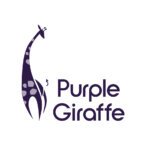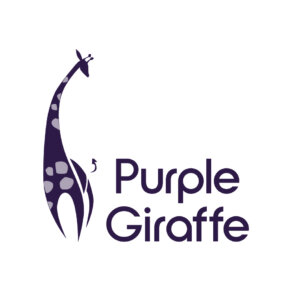THE ART OF WRITING CONTENT YOUR AUDIENCE WANTS TO READ
If you’ve had any contact with a modern marketer or a professional in the digital marketing space, you’ve probably discussed the idea of “quality content”. This is partly because marketers love talking shop but also because it is a huge topic in the rapidly evolving modern era of advertising.
Terms like SEO, keywords, and clickbait seem to be the talk of the town. But, there is more to quality content than increasing your search engine click-ability. Quality written content (like a blog post or a webpage) should be informational, educational, and/or entertaining before it’s posted to the masses or else it won’t be received well or read, no matter how highly Google rates it.
If possible, online content should never read as if it is an ad, even if it is. The goal here is to capture the audience. And I don’t mean in a Silence of the Lambs kind of way. There are some simple ways to improve online written content: knowing your audience, writing content that your audience can read, and (most importantly) that your audience wants to read.
KNOW YOUR AUDIENCE
Imagine you own a catering company. You’ve been given an excellent opportunity to cook for the biggest event of the year. You know the date, time, and location. The only problem: you don’t know who will be at the event. You wouldn’t want to make escargot for a child’s birthday party, and business executives might not enjoy your gourmet fairy bread. Writing content online follows the same theory.
Before you write, research your audience. You should have at least a general idea of the demographic and psychological characteristics of the people you’re trying to captivate. This includes age range, location, gender, possible professions, and even personality types.
Not only should you know your audience before you start writing but you should also know your audience’s intent. When audiences read online content, they have either informational intent or transactional intent. Informational intent involves the user consuming your content out of interest in the topic. Transactional intent involves audience members consuming content with the intention of buying something. Content designed for informational intent consumers should teach or entertain while content for transactional consumers should revolve around showcasing a product or service. Learn more about consumer intent here. Knowing the audience and their objectives will not only save you time but will hopefully engage them on a deeper level than if the writing is generic and generate a greater response.
DONT MAKE IT TOO HARD
Congratulations, you’re an expert! Well, in the eyes of your readers you are. You should always talk to your audience as if they can learn something from you… because they can! We all live busy lives, and if your audience is unable to find information quickly or doesn’t understand the lingo in your content they will find another source they like better. Here are some tips for easy reading:
- Use dot points (see what I did there?)
- No jargon/tricky language
- Use lists (To learn about lists, click here)
- Keep your word count under 2,000
- Use headings
- Break up text with photos
- Try experimenting with video instead of writing
Overall, your article should be scannable, meaning the reader should be able to find what they are looking for quickly and hopefully will revisit your copy next time they want similar information. Be sure to use online app Hemingway to check if your content is easily readable.
WRITE GOOD STUFF
Quick and easy to read writing does not have to translate to boring writing. It sounds obvious, but good copy is the key to keeping your audience engaged. A good trick is to treat your reader the way you would like to be treated. If you think your writing is boring or ineffective, it probably is.
As I said in the introduction, good quality writing is informational, educational, and/or entertaining. But what exactly does that mean? And how do we create that effect?
Informative content aims to tell the reader what’s up. This could be a current event, a new study, or a recent event. Affective informative content needs to be quick, up-to-date, and convey factual information. Knowtechie.com does a great job exemplifying the idea of informative content.
Similarly, educational content aims to teach. The audience should take something away when they read this type of writing. This type of writing is most like an advertisement and can be used successfully to showcase a new product or service. Teach your audience something they didn’t know before. For example, Nerdfitness.com writes posts teaching readers about exercising while advertising their coaching.
Entertaining content is the fun one. Entertainment content thrives with blog posts, online quizzes, or even tweets. In order to be entertaining, you need to use your imagination and spark excitement in your readers. To be truly successful, all of your content should be entertaining in some way. For some inspiration check out Buzzfeed, a news company that prides themselves in writing articles that are entertaining at its core.
WRAPPING IT ALL UP
Your readers aren’t robots. Writers can’t create content effectively without knowing who their audience is and what they want from your writing. Chances are your audience doesn’t want to read a PhD dissertation every time they get an email from your company. As a reliable source once said: keep it simple, stupid. But with that being said, simple does not equal dull. If you’re stuck, use popular online content as examples of how to excite an audience. They are popular for a reason.
At the end of the day, written content will be much more successful if it is written for people, not search engines. And when in doubt, there are people whose job it is to write excellent content. Make good use of them!







